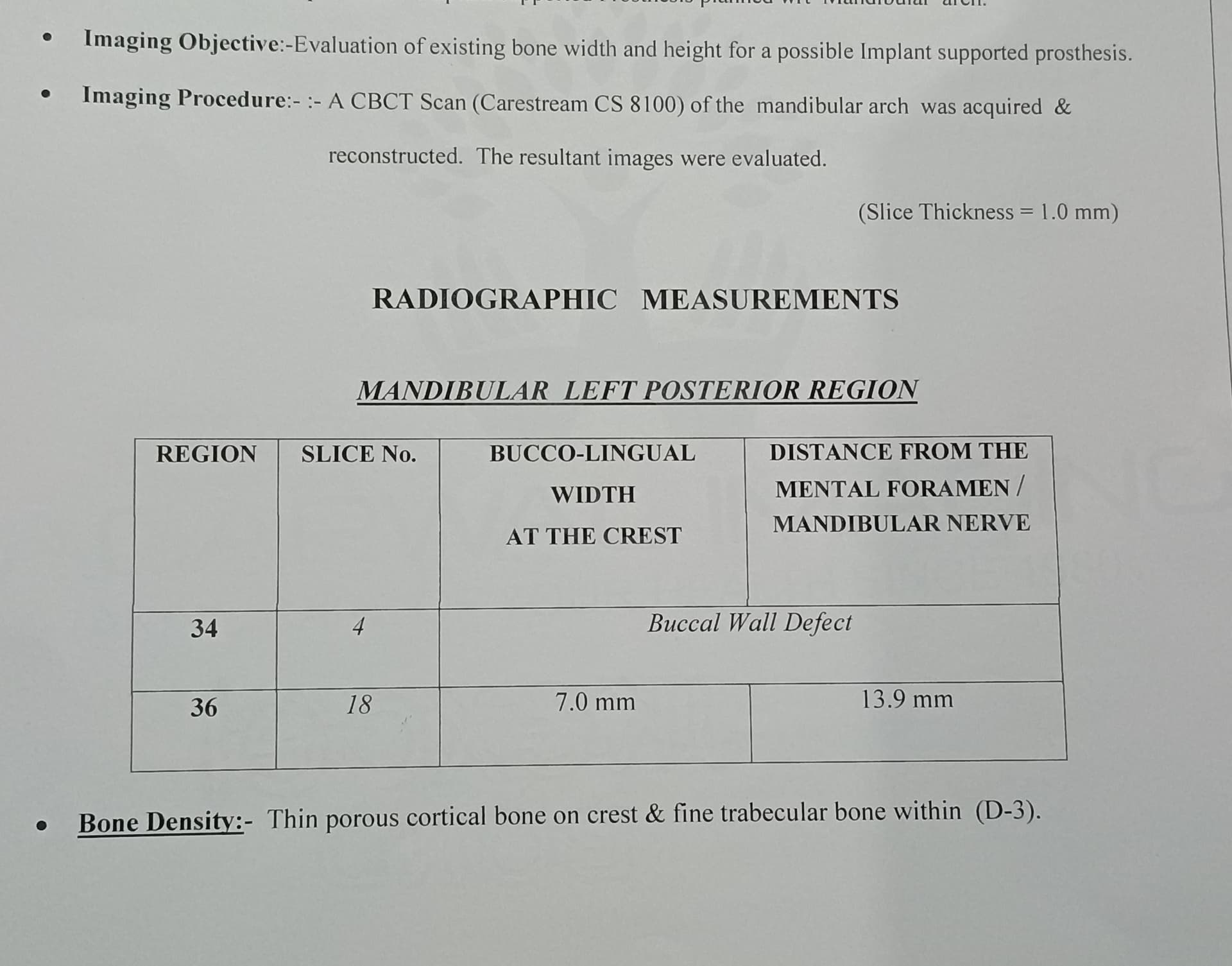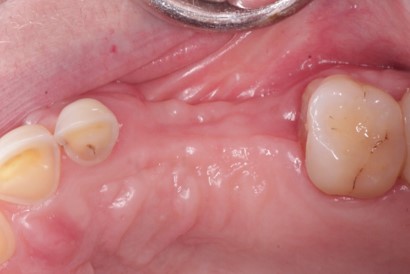Consumption of Alcohol Leading to Implant Complications?
Dr. Y. asks:
I have been placing dental implants since 2004 and have placed more than 300 but never seen anything like this. I placed 2 implants in #2 and #3 areas after doing a single stage sinus graft using BIOSS. The patient had a shot of alcohol on the first night post-op and 2 days later there was severe inflammation which surprisingly caused teeth #1 and #4 to become slightly mobile. What could be the cause of this and could it be attributed to the alcohol because the surgery was totally atraumatic and routine? Any suggestions anybody?
4 Comments on Consumption of Alcohol Leading to Implant Complications?
New comments are currently closed for this post.
Dr. Mehdi Jafari
11/1/2007
Ethanol is a central nervous system depressant that, when heavily abused, has the effect of intoxication. The blood alcohol level at which drunkenness is evident varies in each individual, but signs of intoxication are frequently evident at blood alcohol levels of greater than 100 mg/dL. Chronic alcohol consumption is associated with a wide variety of health problems because every major organ system is affected by alcohol toxicity. Alcoholic liver disease may present as steatosis, hepatitis, or cirrhosis.
Patients with steatosis will frequently be symptom-free, with few or no abnormal findings on examination, other than possible elevations in hepatic enzymes. Alcoholic hepatitis results from increased cellular oxygen consumption and subsequent hepatocyte hypoxia. Clinical manifestations include anorexia, malaise, nausea, and jaundice, with more severe cases demonstrating portal hypertension. Abnormal laboratory values include elevated transaminases (AST/ALT > 2:1 ratio), elevated bilirubin, and decreased albumin.
Alcoholic cirrhosis is actually the fibrosis of the liver parenchymal tissue. Complications include ascites, gastrointestinal bleeding, and hepatorenal syndrome. It has been said that, up to 20% of patients with cirrhosis may be without any symptoms. Alcohol is an irritant to the gastrointestinal tract and may result in peptic ulcer, pancreatitis, gastritis, hematemesis, and Mallory-Weiss syndrome (tears at the gastroesophageal junction due to forceful vomiting).
Alcohol reduces the intestinal absorption of glucose, folate, thiamine, and vitamins B12, A, D, and K, which contributes to the nutritional deficiencies observed in many alcoholics. These deficiencies in turn cause central nervous system and hematologic disorders. Disorders in hematologic function are commonly observed in the alcoholic patients. Bone marrow suppression will result in anemia, leukopenia, and thrombocytopenia. Anemia may occur as a result of blood loss from the gastrointestinal tract or from nutritional deficiencies. Alcoholics also display increased susceptibility to infection that is secondary to decreased production of white blood cells, decreased humoral response, and, mostly, a compromised nutritional status. A delay in wound healing occurs as a result of interference with collagen deposition. Thrombocytopenia may also be secondary to hypersplenism. Coagulation defects are the result of impaired vitamin K absorption affecting the synthesis of clotting factors II, VII, IX, and X.
Alcohol also has been shown to have direct effects on the myocardium, impairing myocardial contractility. This results in low output failure and cardiac dysrhythmias. The effects of alcohol on the central nervous system include intoxication and withdrawal, gait impairment secondary to cerebellar degeneration, and progressive alcoholic dementia. Confusion, ataxia, memory loss, inability to learn and retain new information, normal verbal connection and ophthalmoplegia characterize Wernicke's disease.
Alcoholics will frequently present with clinical findings that correlate with lack of regular health care and poor nutritional status, including poor oral hygiene; increased incidence of decayed, missing, and filled teeth; periodontal disease; tooth erosion secondary to frequent regurgitation; glossitis; and angular cheilitis. Bilateral parotid hypertrophy secondary to fatty infiltration of the glands is a common finding that may precede cirrhosis. Other findings that are easily recognizable in the dental practice setting are yellow discoloration of skin, sclera, and oral mucosa; rhinophyma; and spider angiomas or palmar erythema secondary to hormone-mediated vasodilation.
The Child-Pugh classification is commonly used to determine the anesthetic and surgical risk of patients with alcoholic liver disease. The factors evaluated include the presence or absence of ascites and encephalopathy, as well as nutritional status and degree of disruption of serum albumin and bilirubin levels. Consideration must also be given to the possibility of altered drug metabolism and drug interactions with alcohol or with medications used in the long-term treatment of alcoholism. Disulfiram is used as aversion therapy for some alcoholics. The clinical effects of alcohol ingestion while the patient is taking disulfiram include tachycardia, hypotension, diaphoresis, and severe nausea. A similar reaction may occur when metronidazole is administered to a patient who has also ingested alcohol. Naltrexone, which is often prescribed to reduce alcohol cravings, has a narcotic antagonist effect. Patients who are taking naltrexone should therefore be prescribed non-narcotic analgesics. Altered metabolism of barbiturates, benzodiazepines, Coumadin, acetaminophen, and other drugs metabolized by the microsomal ethanol oxidizing system may also be expected.The most frequently encountered problems are hemorrhage, infection, compromised wound healing, and cardiac insufficiency.
drs. T
11/1/2007
Dear dr Y.
I think you are right. in onde week I did the same procedure with a bio-oss graft in a patient that never uses alcohol and in a patient that told me to use alcohol now and then, but afterwards i think he uses a lot of alcoholbut gave me a social answer. I have seen a big difference in healing and even in how much of the graft has left after the grafting. in de patient that used alcohol I have teh idee that the grat is less big then the expected 80% So I think you are right about that. An oral surgeon has told me once that his most failures with implants where with patient that uses alcohol and he adviced me to see them as a bigger contra-indication then for instant someone that smokes. Maybe you shouldn't perform an implant procedure on this patient, because you have allready seen a negative result with your bone augmentation. It is better to see your augementation to fail then your implant.
Dutchy
3/24/2008
I don't think your patient used only alcohol the night of your operation, but I think your patient had an alcohol-problem all the time, but didn't mention it. They know they won't get the implant if they admit it and most times they try to make their problem a problem of someone else. They try to make catch you in their web getting more attention, etc, etc. I would say it is a cry for help
giuseppe bruno
6/10/2008
I'm looking for a producer for disulfiram sterile implant.
thanks.
giuseppe bruno


















